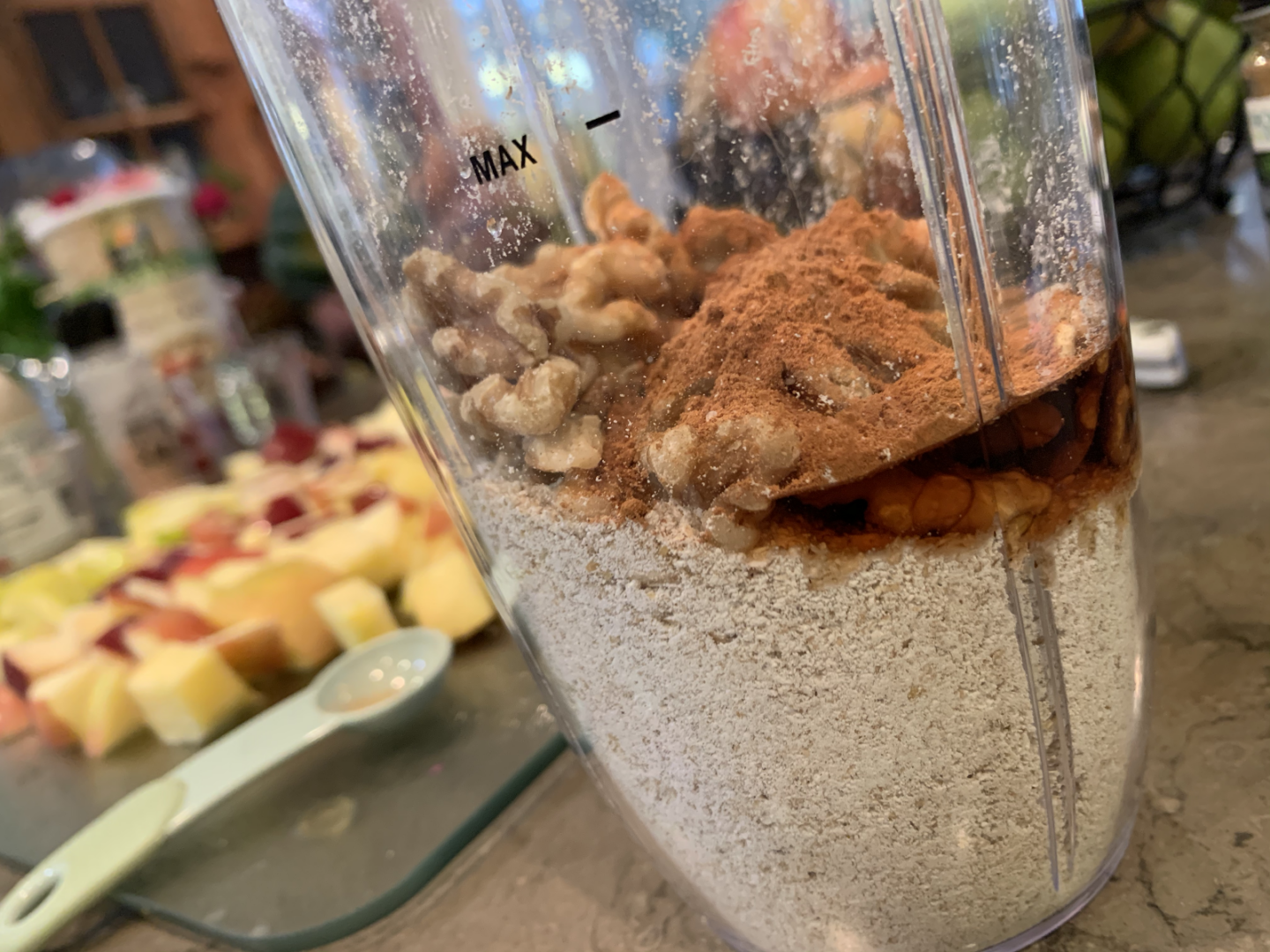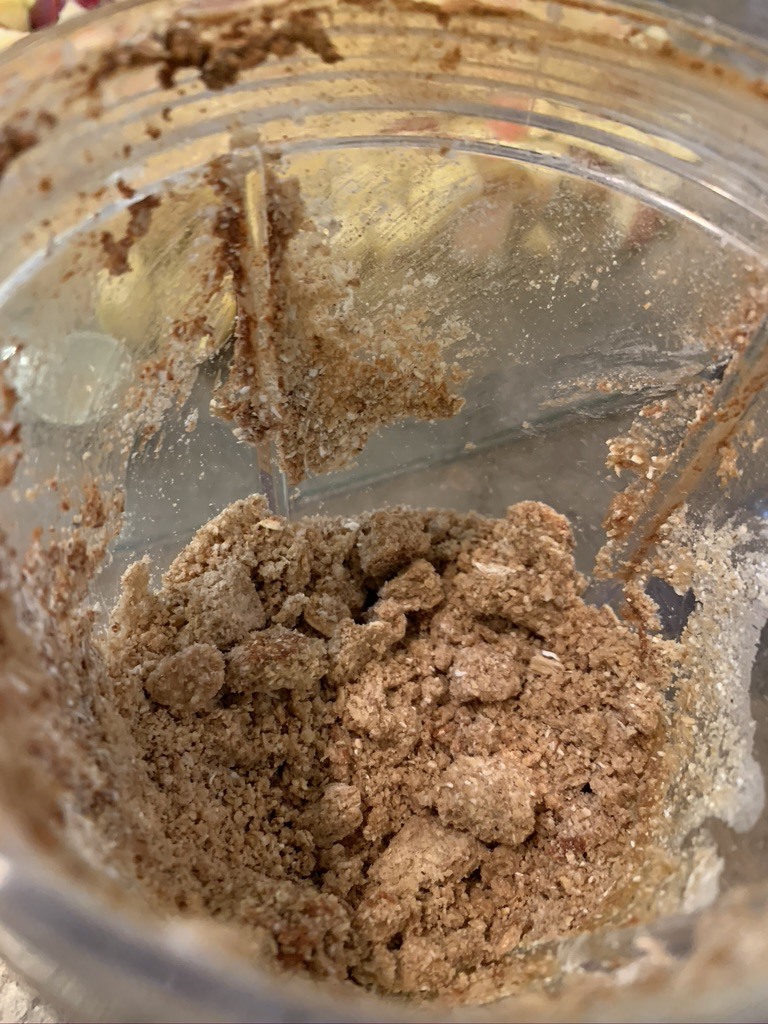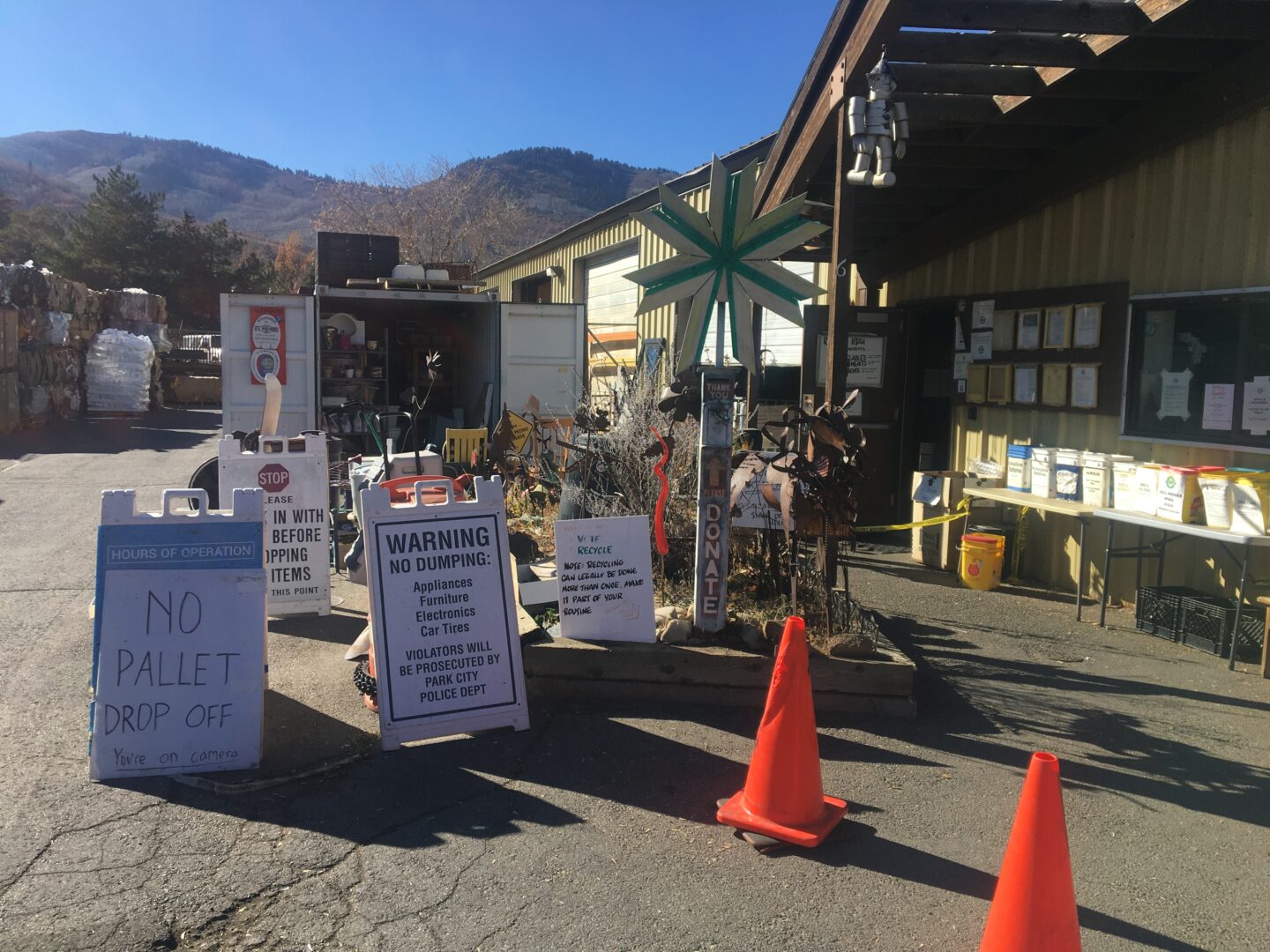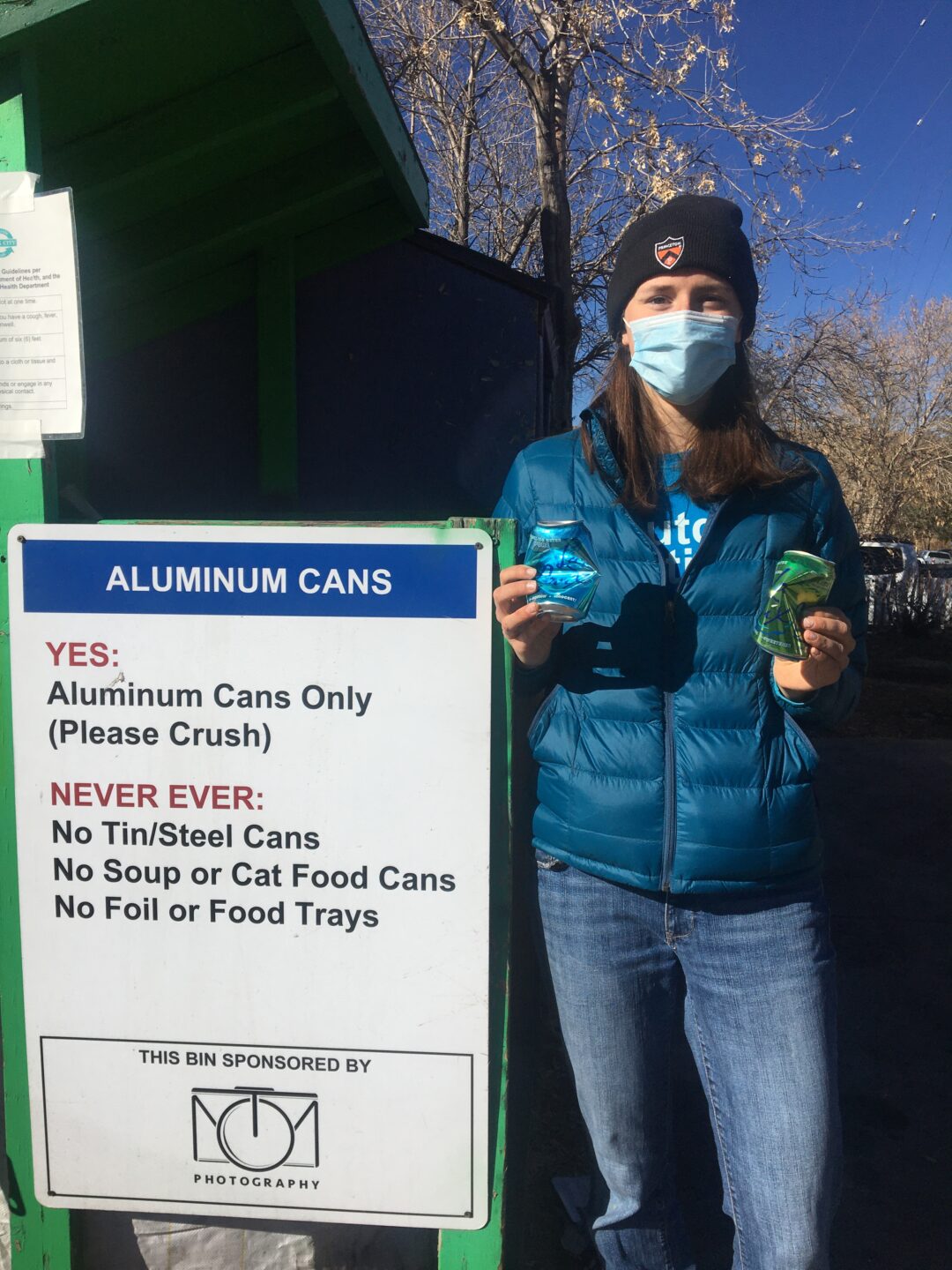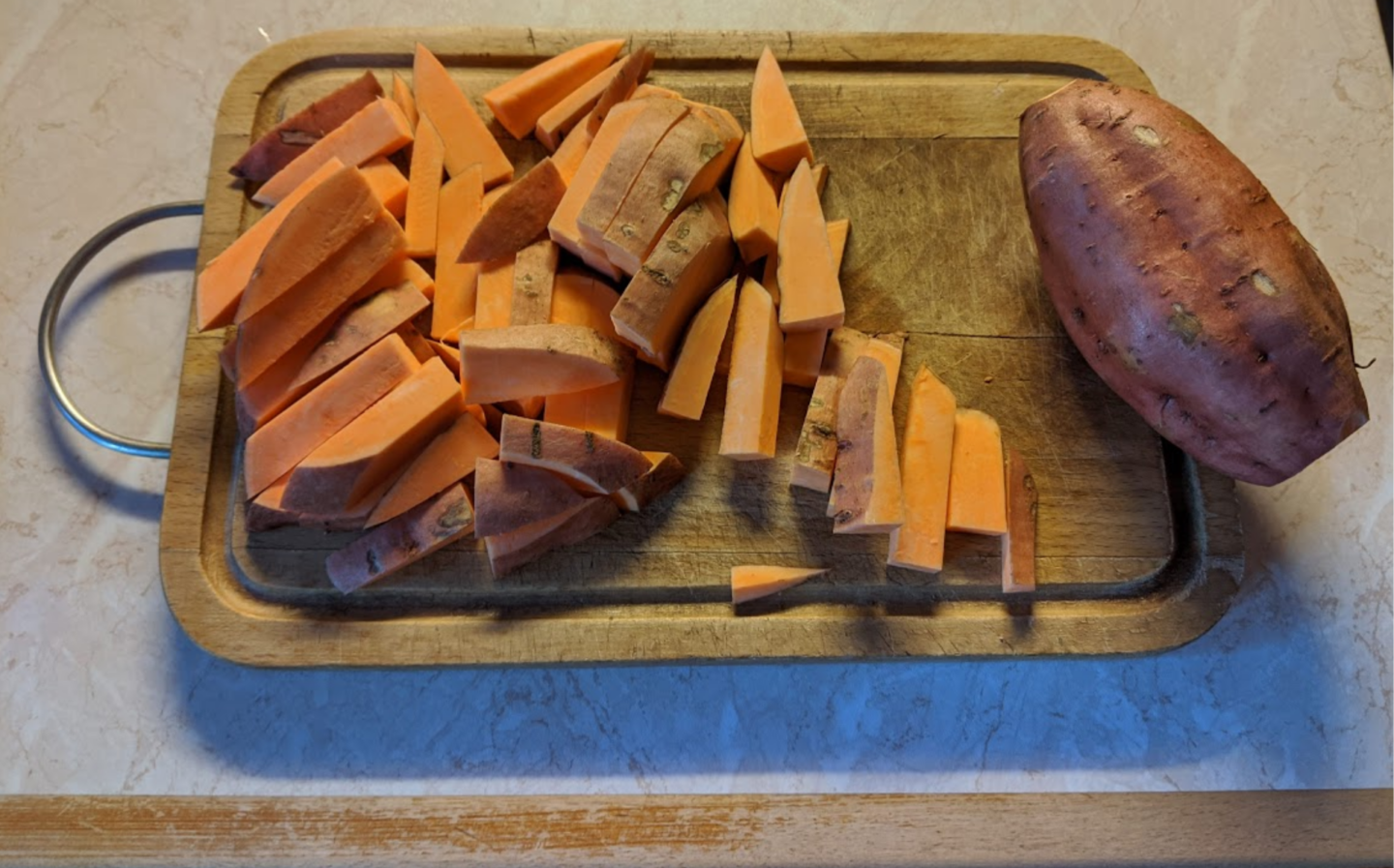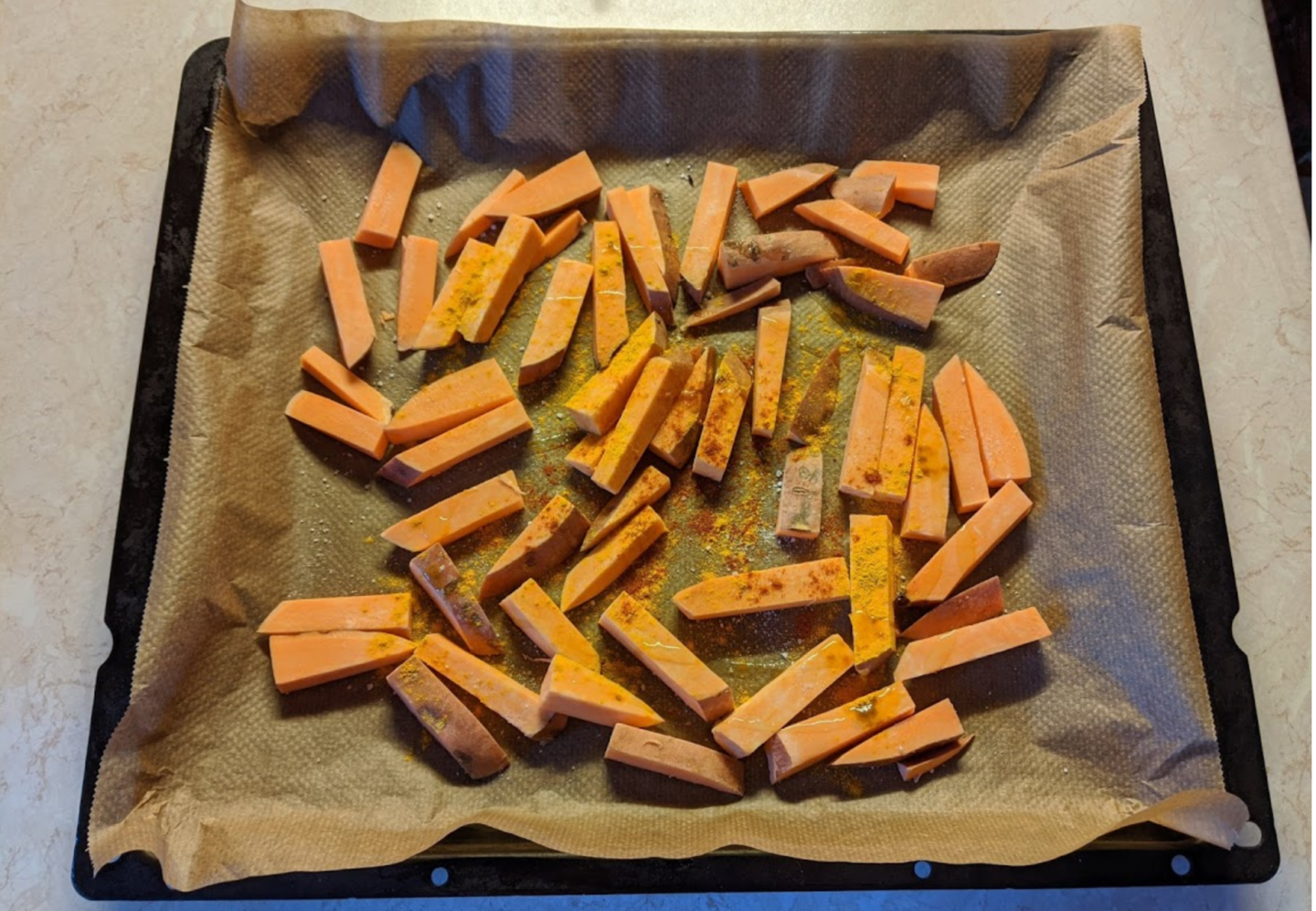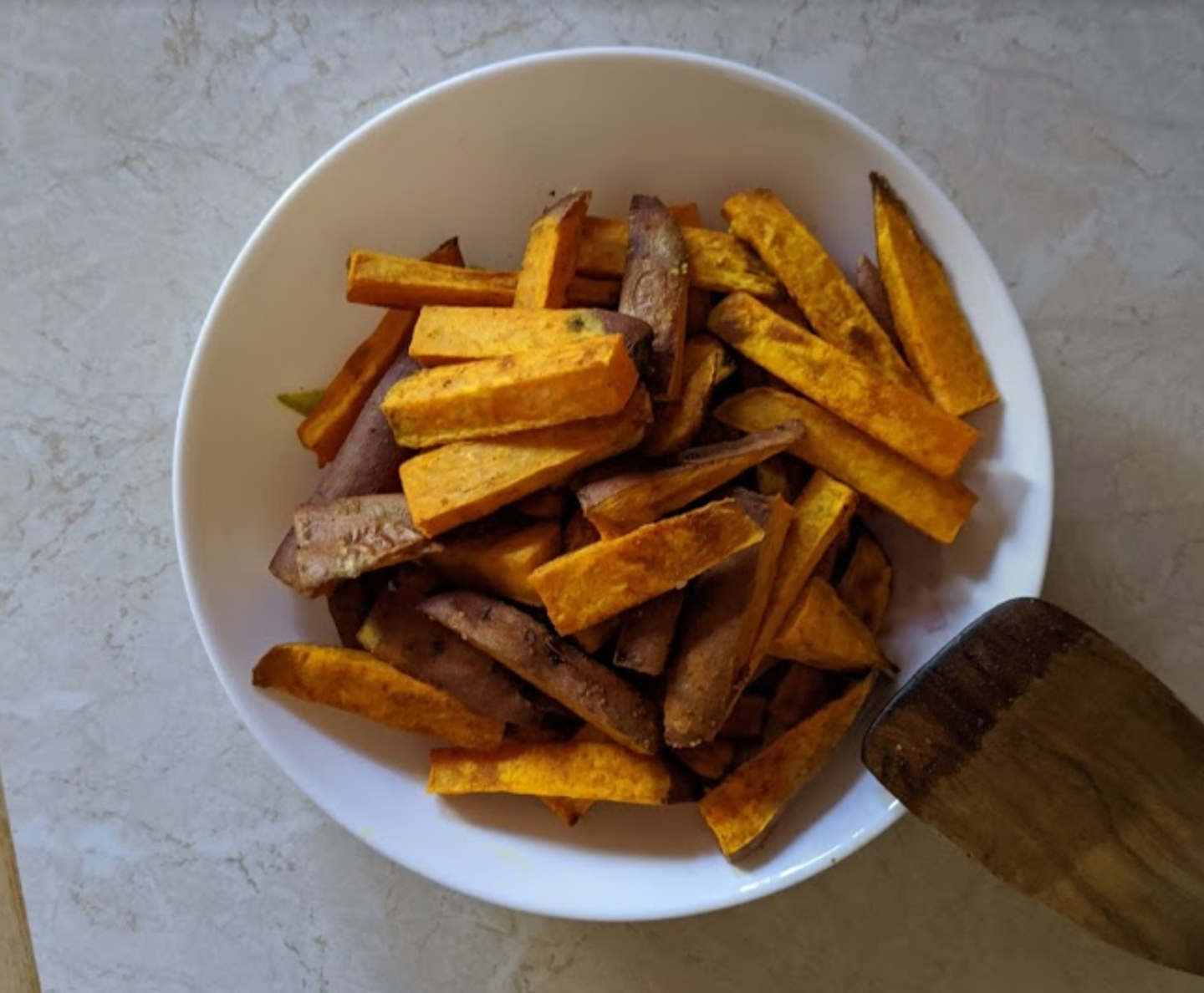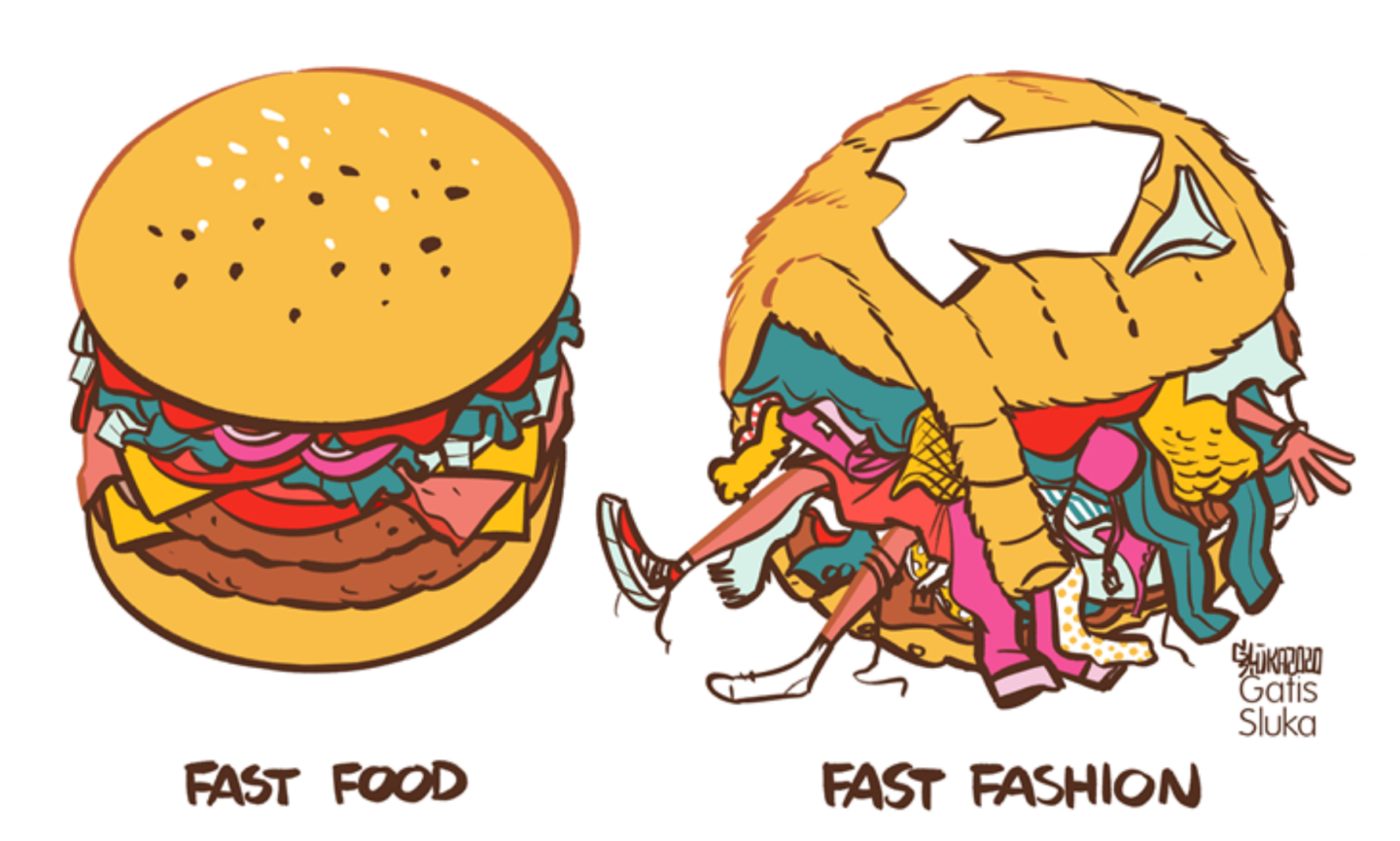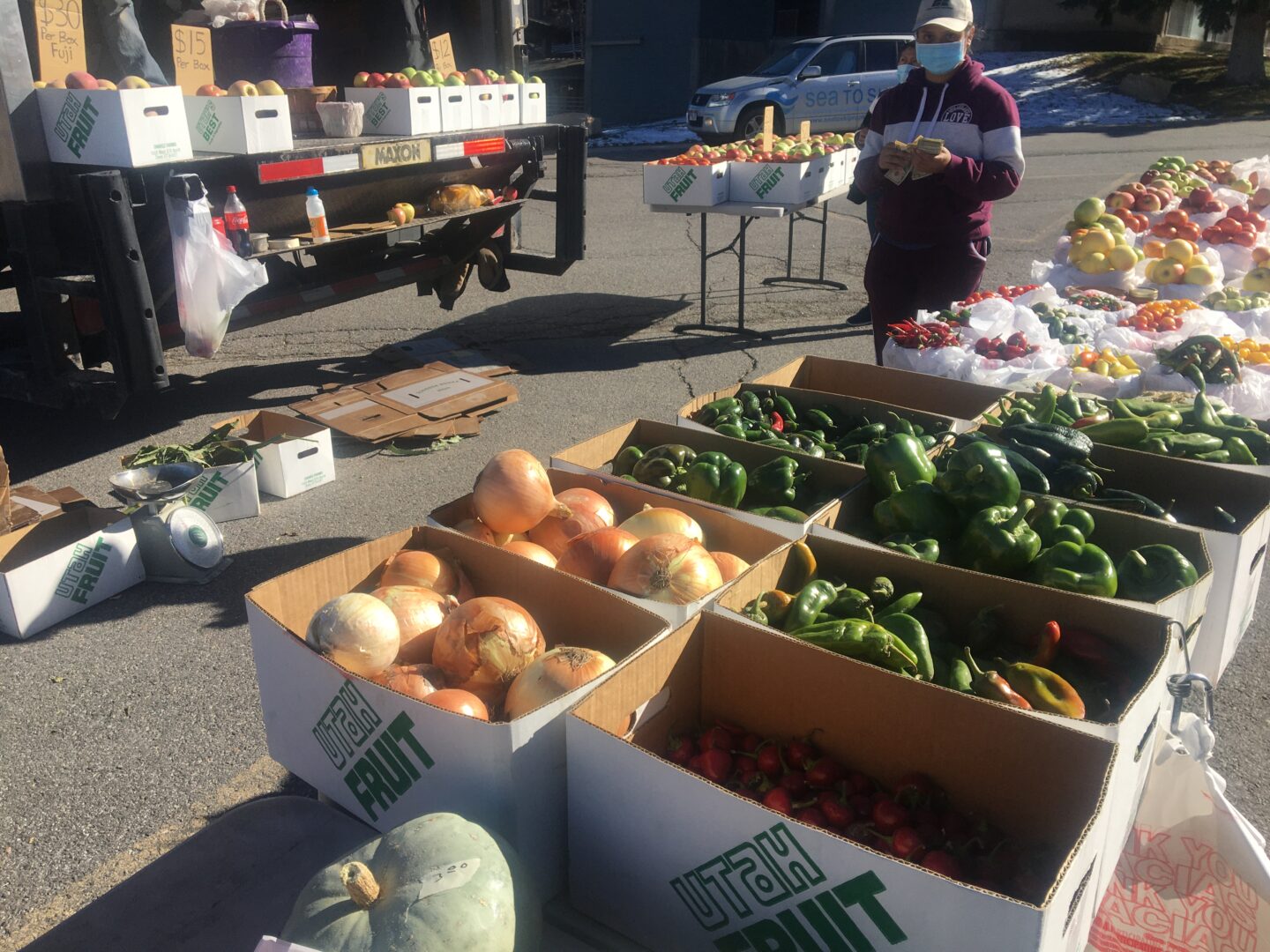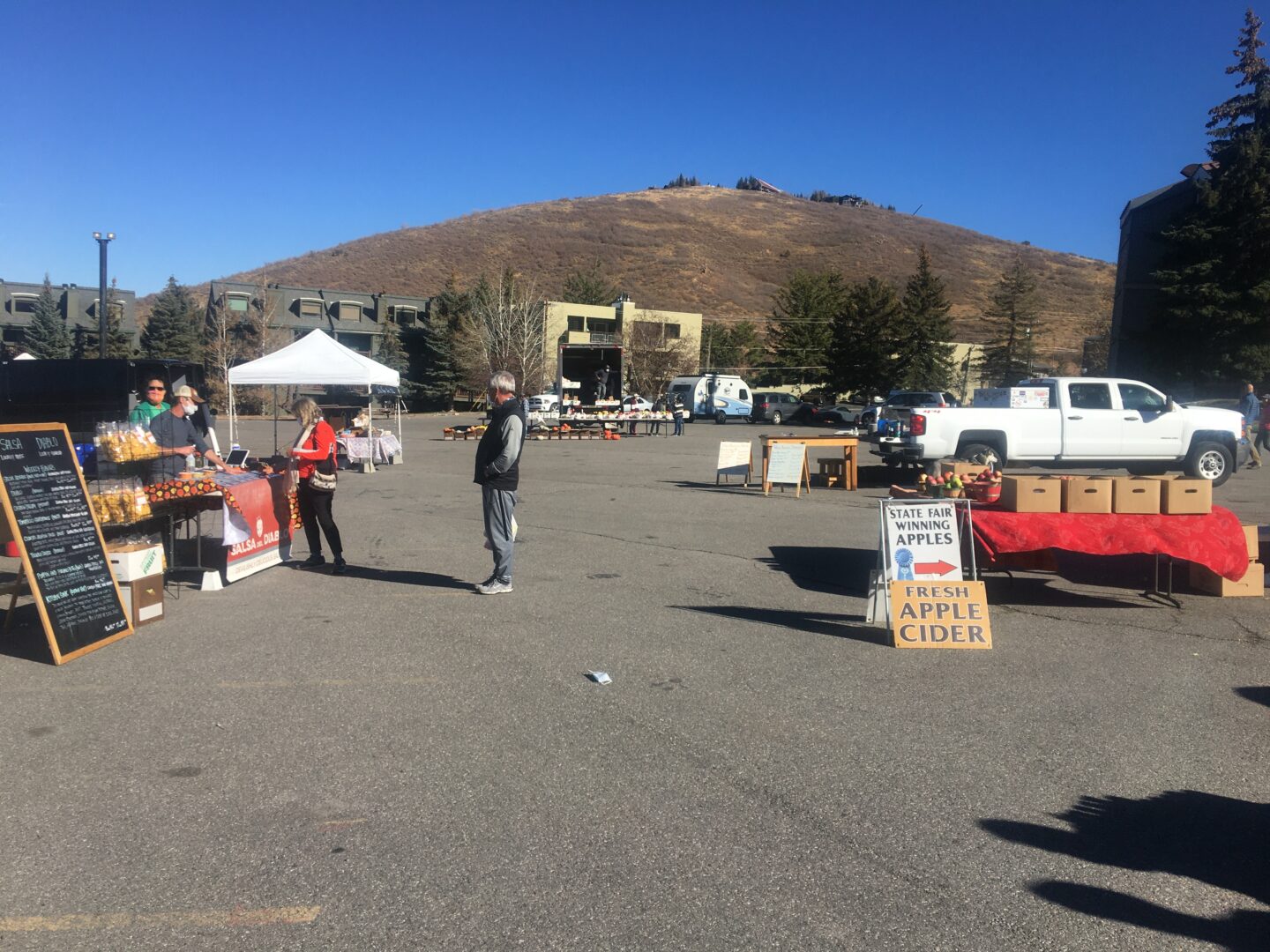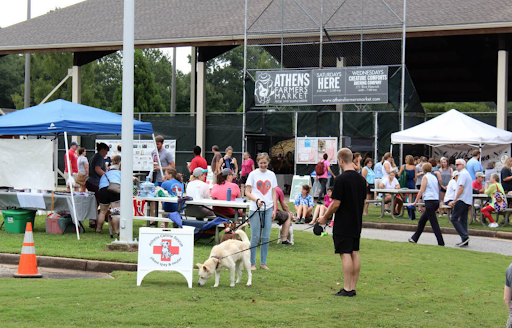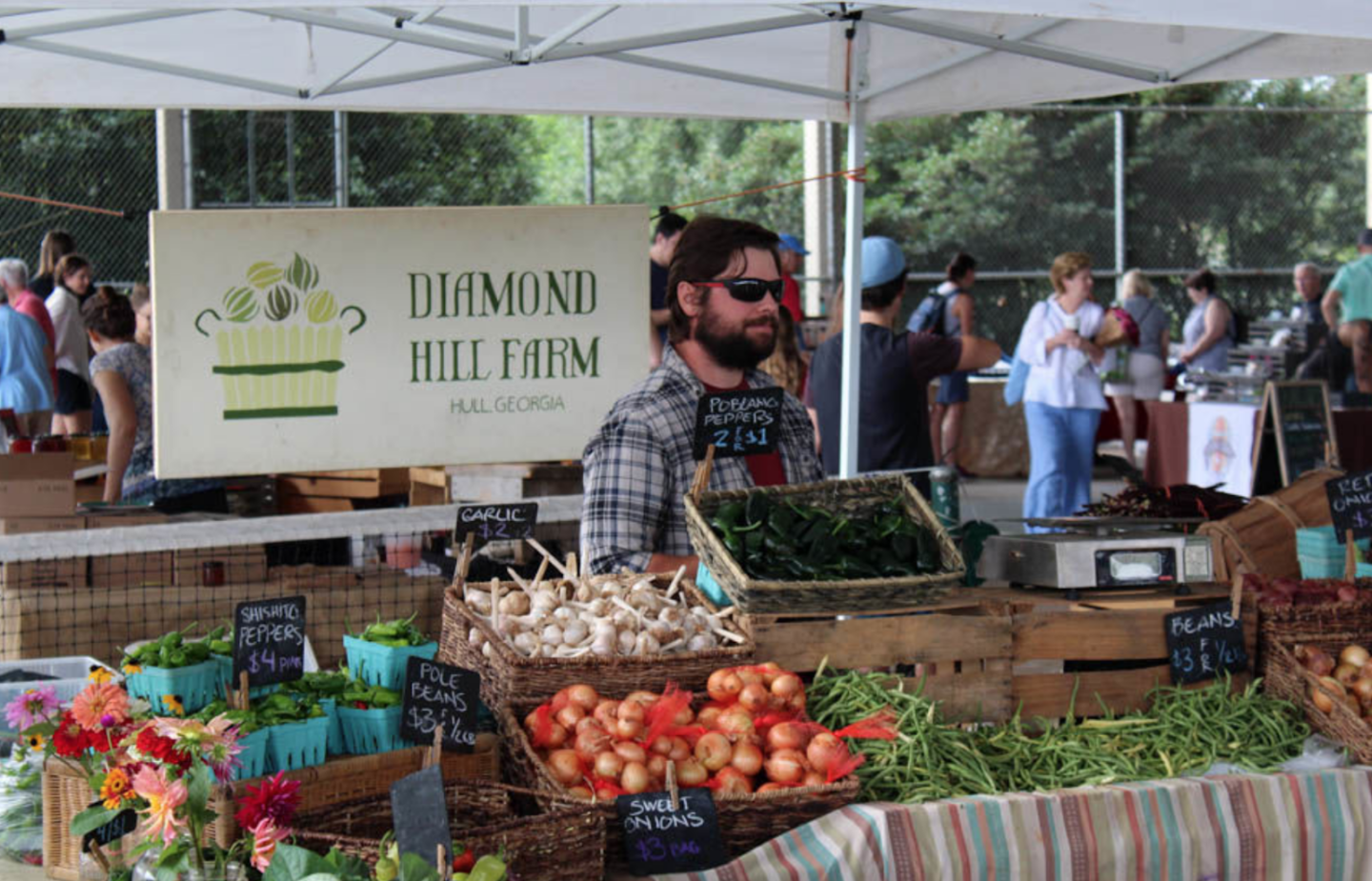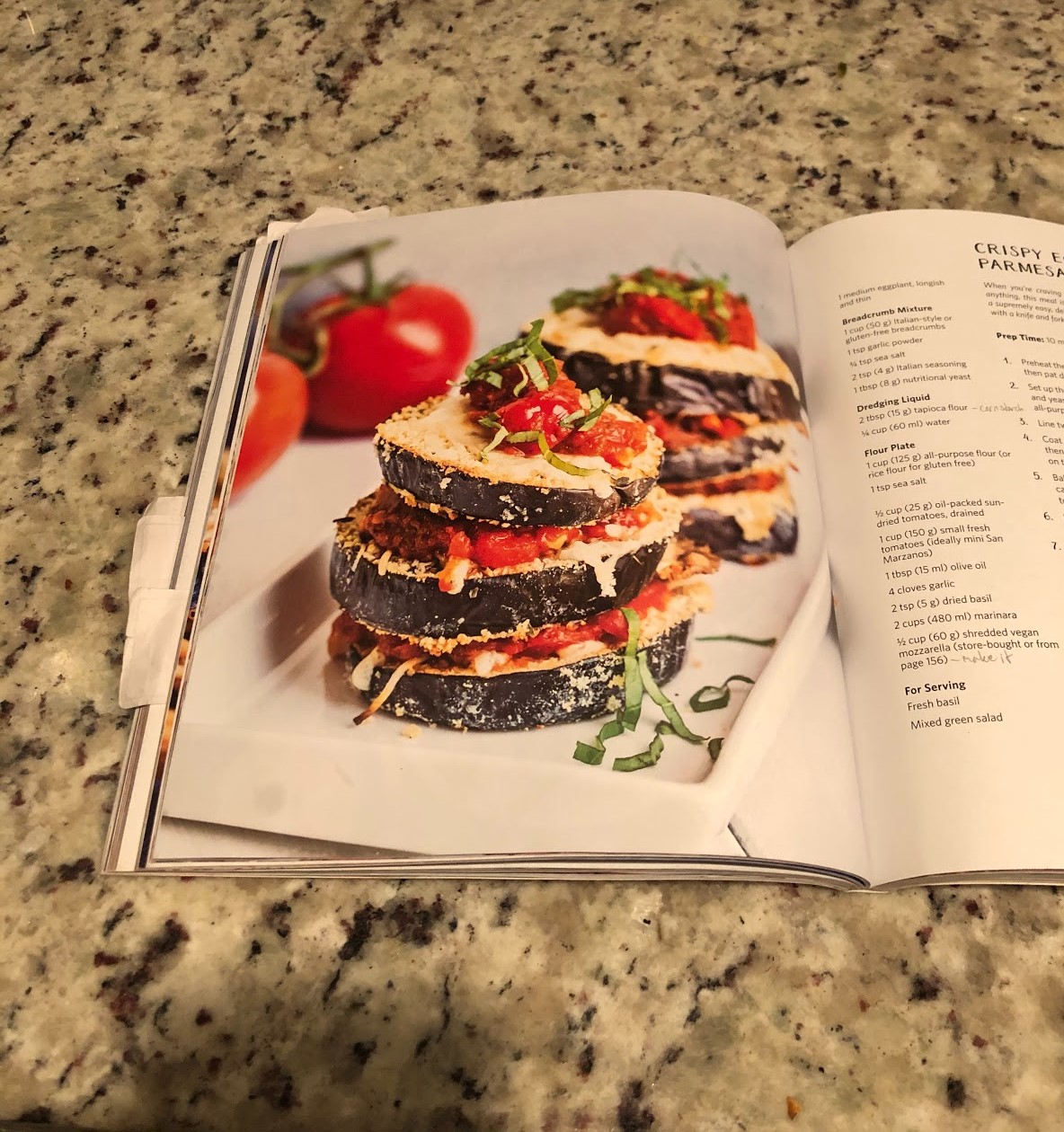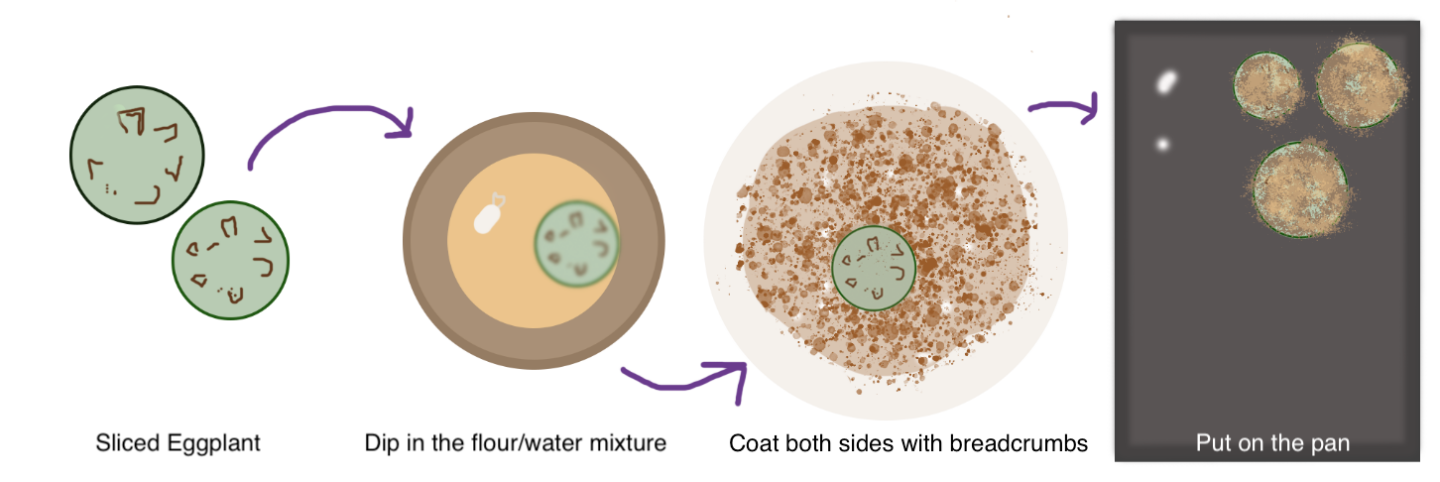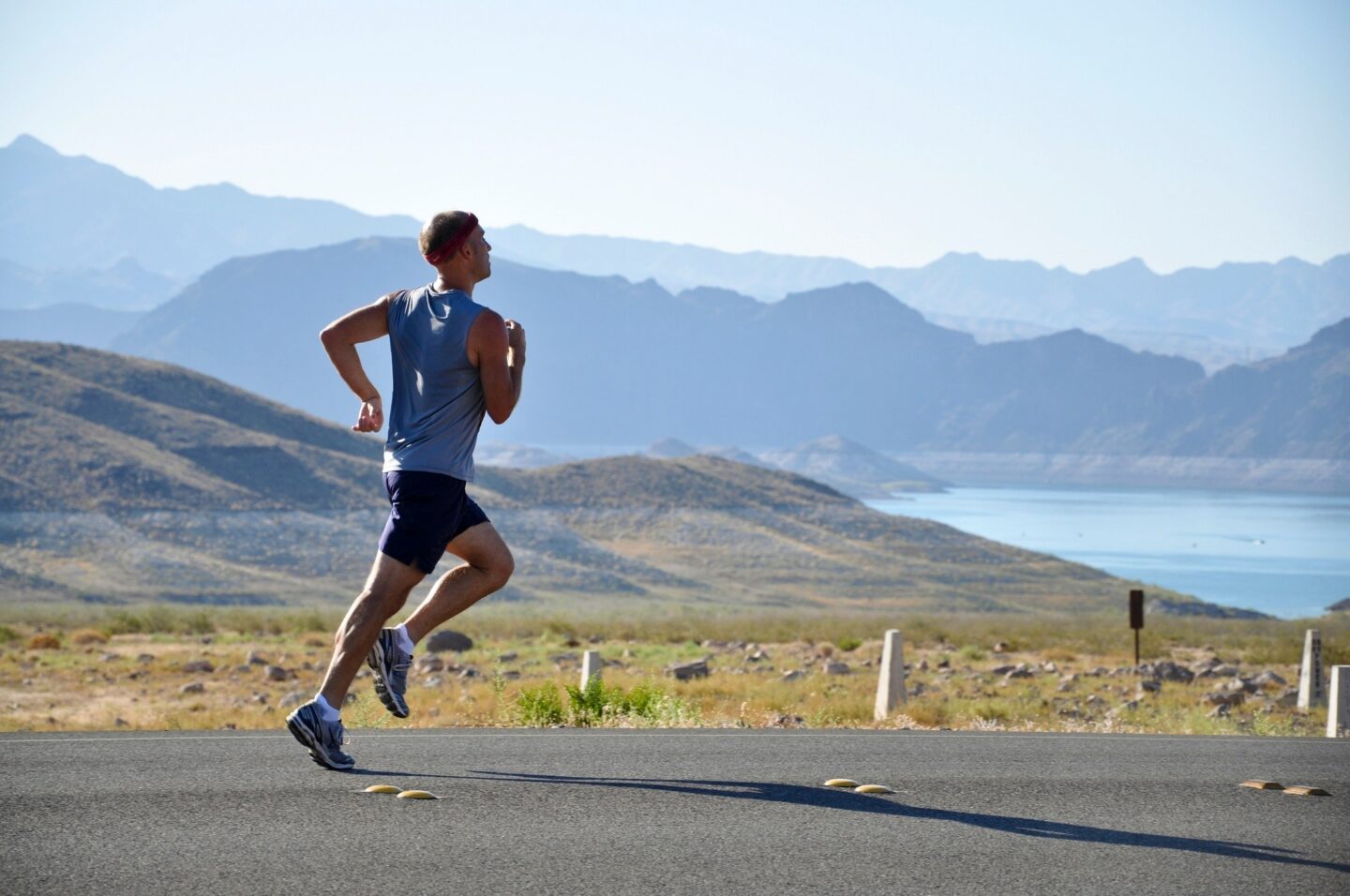Author: Joe Himmelfarb ‘24
Sometimes we want to eat something warm, sweet, and comforting––something that feels close to home. At the same time, we want to indulge guilt-free, in terms of both our health and the carbon footprint of our food. To appease these cravings, look no further than this apple crisp recipe and look fast because most apples are almost out of season! This recipe is not only delicious, fairly easy to make, and highly nutritious but also a great way to practice sustainable dining.
Farmer’s markets are still offering a variety of fresh, seasonal apples, but fear not if you cannot reach one: groceries at this time of year often stock locally produced apples. Eating locally has numerous benefits for the environment and is indeed inseparable from the notion of sustainable agriculture. It has been found that “conventional food distribution [is] responsible for 5 to 17 times more CO2 than local and regionally produced food.” Furthermore, opting for local produce supports small family farmers who often promote sustainable agriculture in various ways like limiting their use of synthetic inputs and industrial processing tools. That said, it is also important to take advantage of seasonality: out-of-season produce, even when grown locally, uses more resources than in-season produce grown locally. For example, “More water is needed to…grow strawberries in New York in the dead of winter.”
A final note before the recipe: cooking apple crisp offers an excellent opportunity to test out new kinds of apples. While most apples are not as sweet as our beloved Honeycrisps, Fujis, and Galas, tarter apples shine when it comes to baking. I prepared this apple crisp using Stayman, Jonagold, Rome, Nittany, and Goldrush apples that I purchased at my local farmer’s market. If you are able to visit a farmer’s market, I would highly recommend asking vendors for their opinion on the best baking apples.
Ingredients:
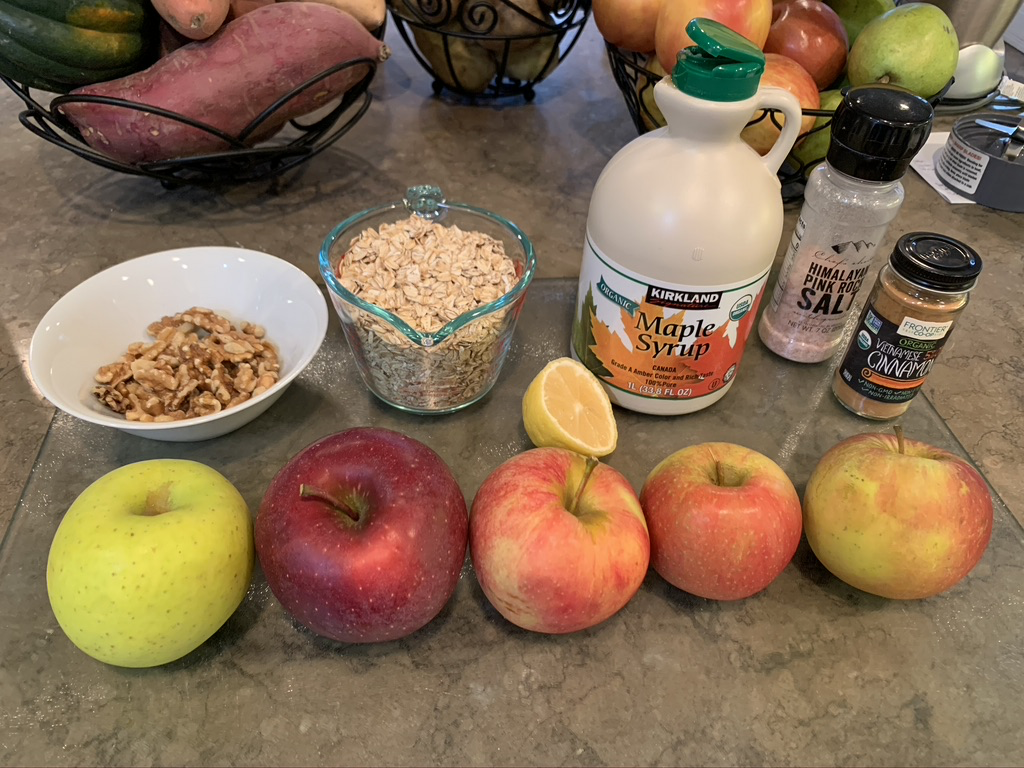
Apple Mixture:
- 5-6 apples, roughly chopped
- 1 tbsp lemon juice
- 2 tsp cinnamon
- 1-2 tbsp maple syrup
- Salt (optional)
Crumble:
- 1 ½ cups of rolled oats
- (Roughly) ½ cup walnuts
- 2-3 tsp cinnamon
- 2-3 tbsp maple syrup
- Salt (optional)
Instructions:
Step 1: Preheat oven to 350°F.
Step 2: Blend oats or mash manually until coarsely ground.
Step 3: Blend or mix in the remaining crumble ingredients, adding more or less cinnamon, maple syrup, and salt as desired.
Step 4: Roughly chop apples.
Optional Step: For softer apples, microwave chopped apples for 5 minutes.

Step 5: Mix apples with the rest of the mixture ingredients in a baking dish.
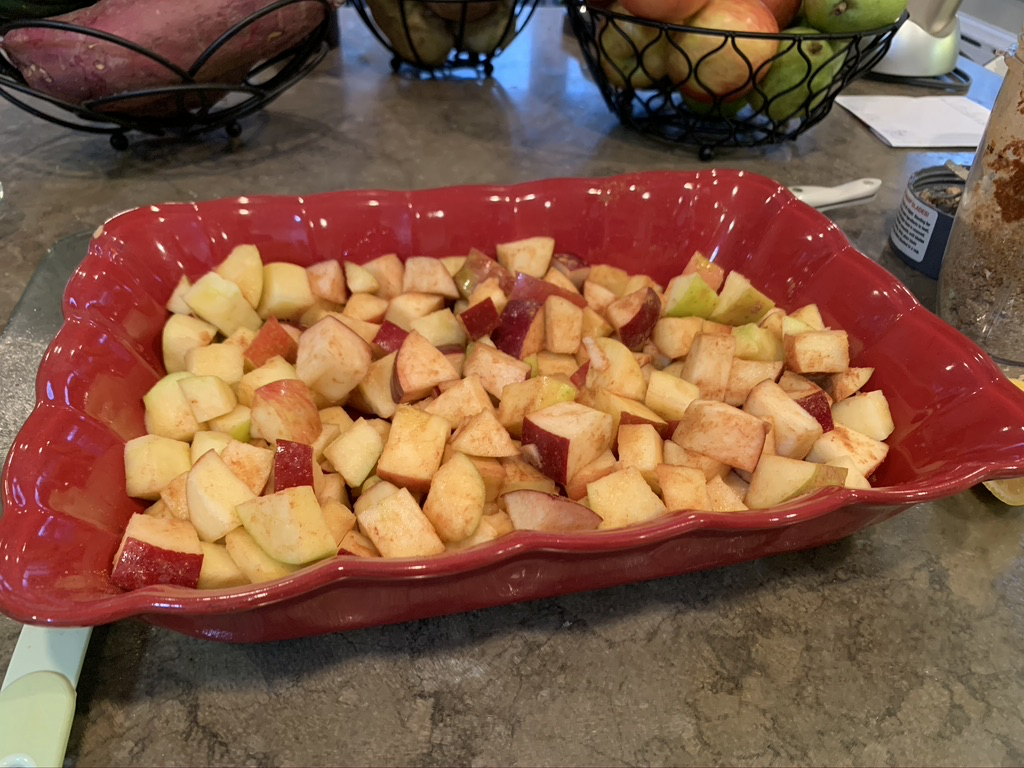
Step 6: Cover apple mixture with crumble.
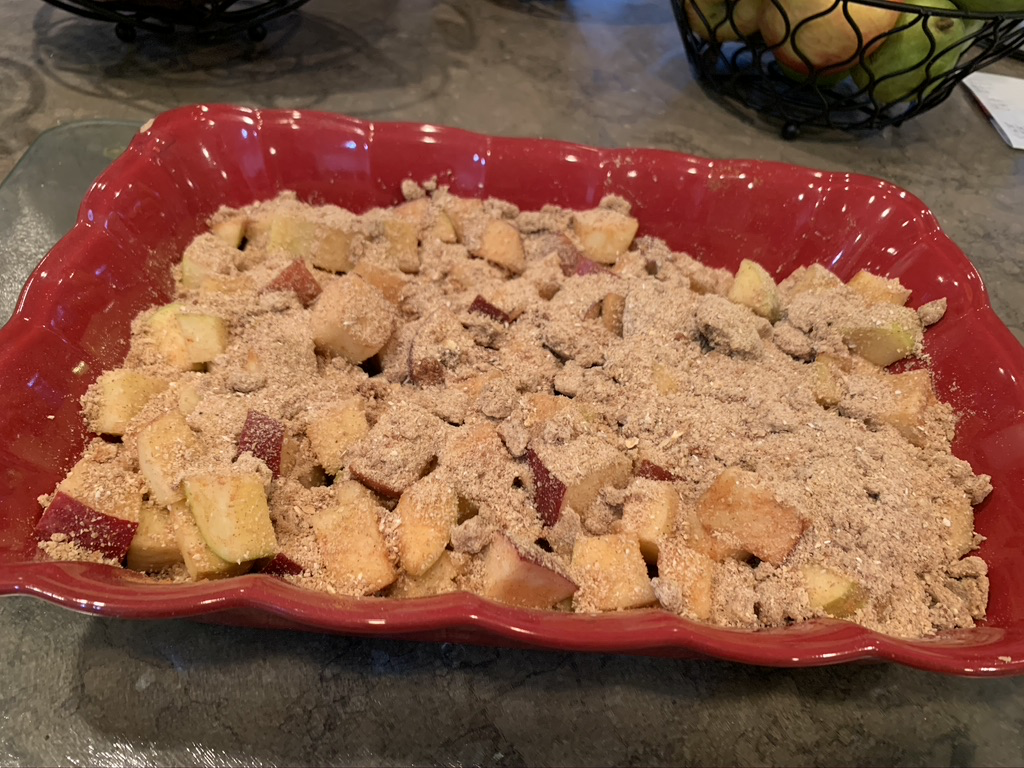
Step 7: Bake for 35-40 minutes.
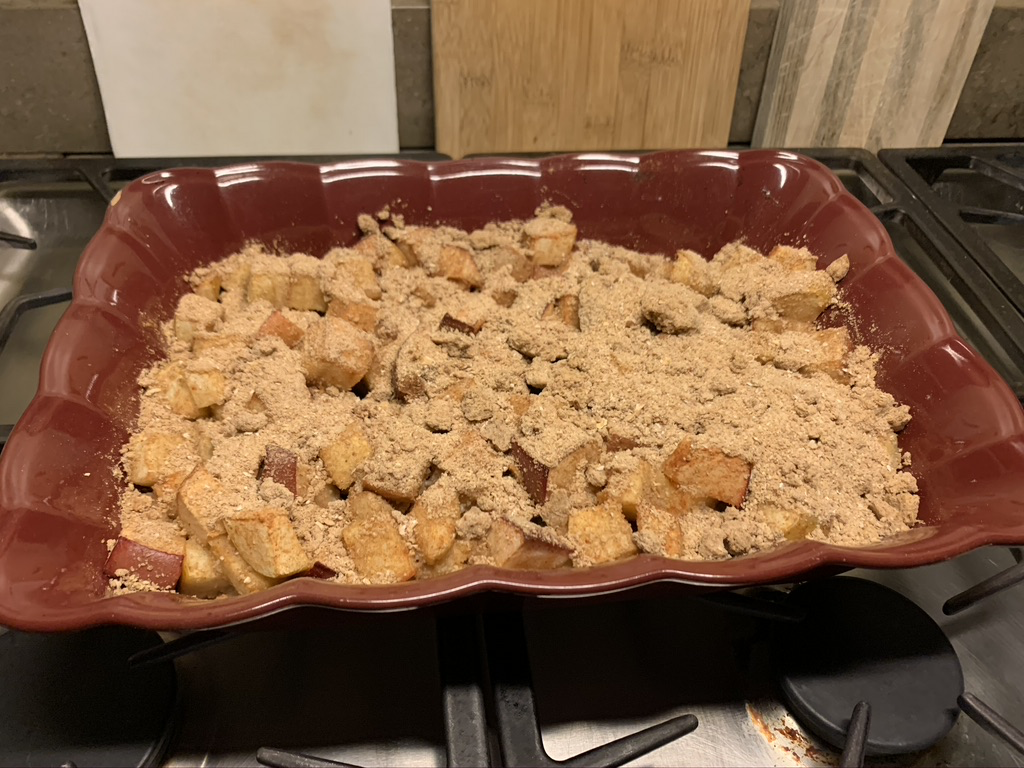
Step 8: Enjoy!
Optional Step: For a light, delicious plant-based pairing, try nice cream. To prepare: freeze a few ripe bananas, and then blend them while adding small amounts of water or plant-based milk until a creamy consistency is reached. You can also try blending in other flavors like vanilla, cocoa, or fruit like mango and strawberry.

Recipe adapted from the Mama Sezz blog.
This series is brought to you by the student group, Greening Dining.



